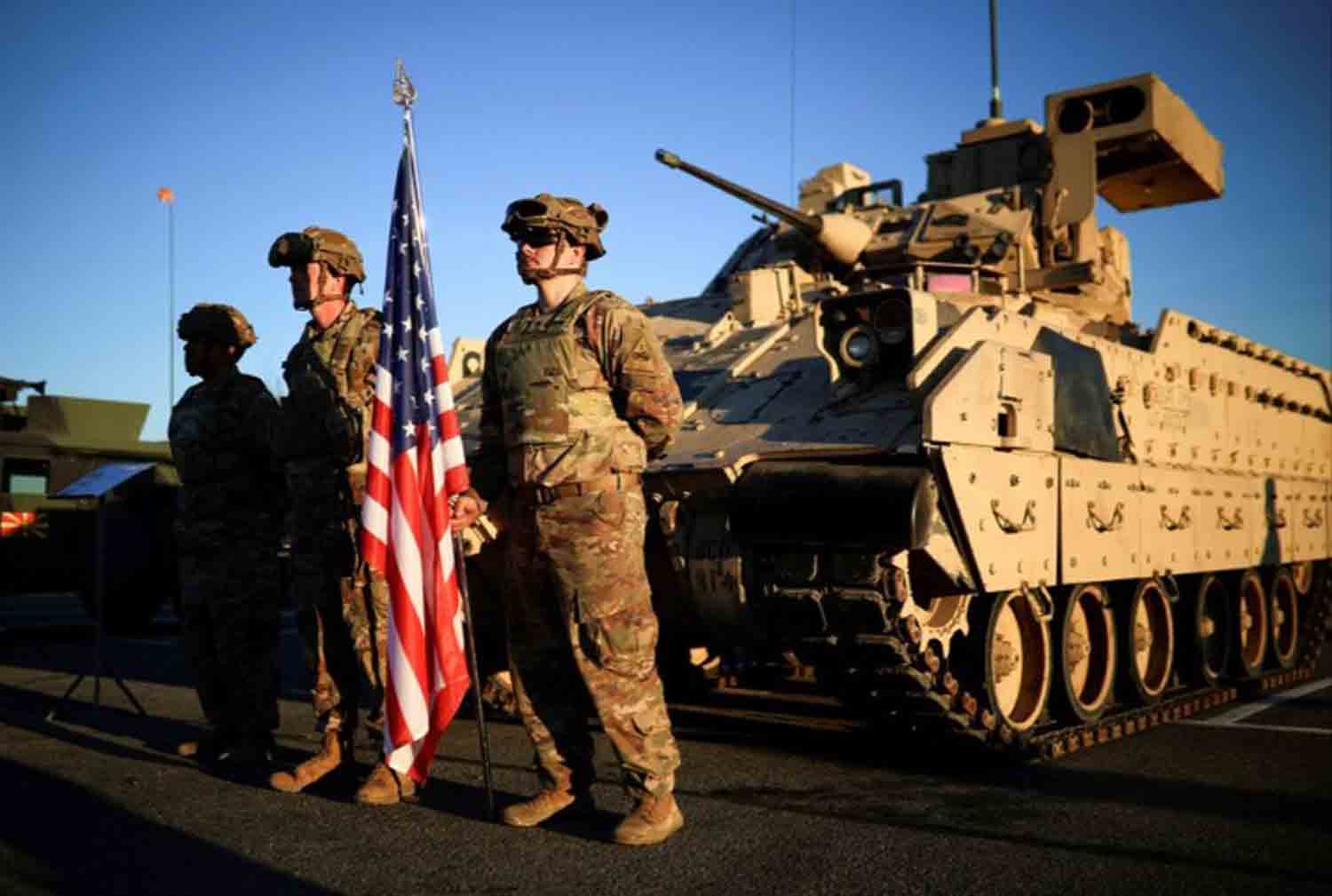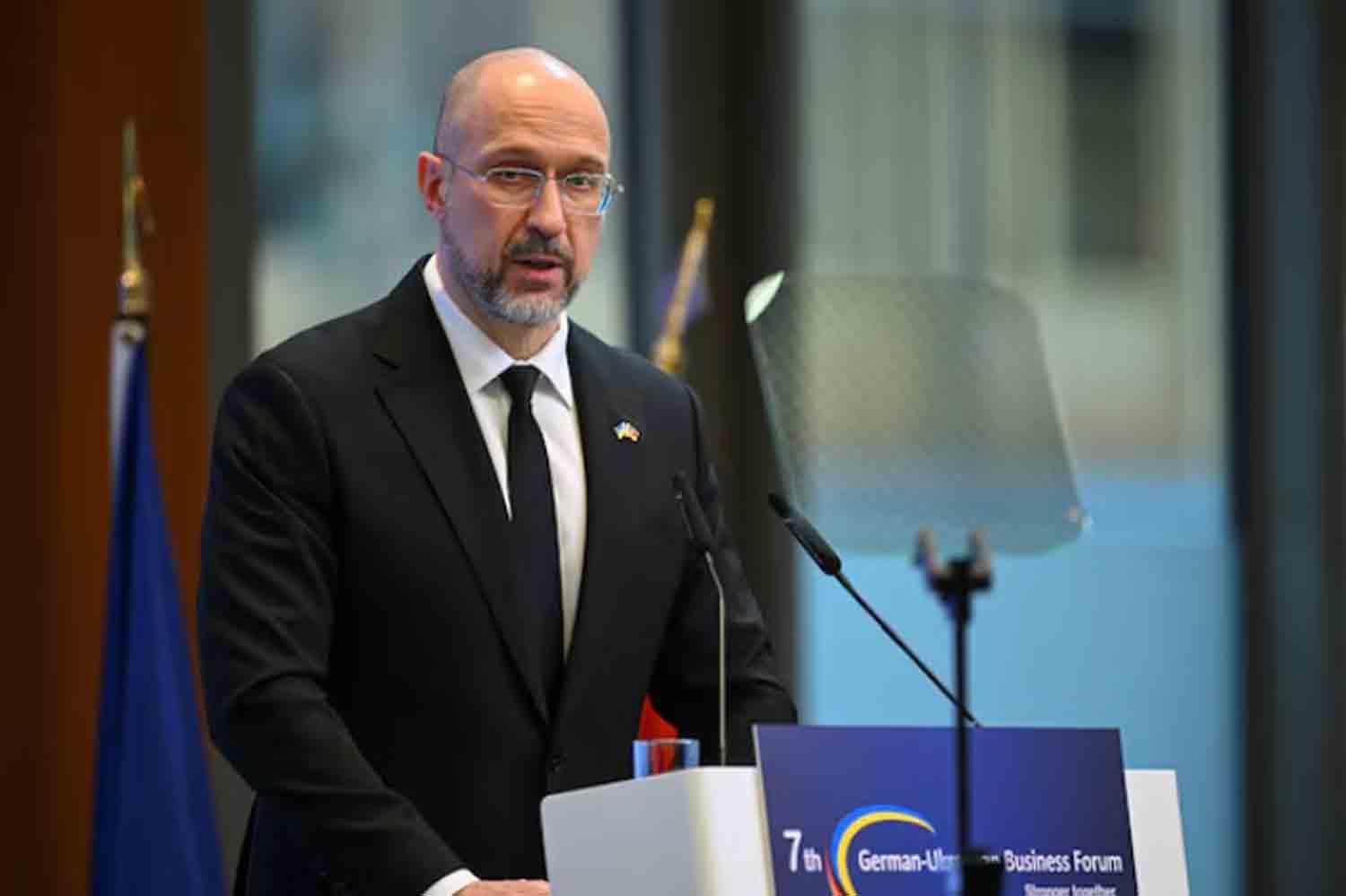NATO is unlikely to accept Donald Trump’s suggestion for a significant increase in defense spending but is expected to consider surpassing its current target, according to officials and analysts.
The president-elect stated on Tuesday that NATO members should allocate 5% of their gross domestic product (GDP) to defense, a substantial rise from the existing 2% target, which no NATO member, including the United States, currently achieves.
Trump’s remarks, made during a press conference that also covered various topics including Greenland, Canada, and Panama, highlighted his ongoing emphasis on NATO funding during his first term and his warnings regarding the protection of allies who do not meet the spending target.
NATO officials acknowledged the necessity for increased defense spending but did not support the 5% figure, which analysts believe would be politically and economically unfeasible for nearly all member nations, necessitating hundreds of billions of dollars in additional funding.
Nevertheless, a new spending target is anticipated to be established at a NATO summit in The Hague in June, driven by concerns over potential Russian aggression following the situation in Ukraine and Trump’s calls for increased spending, according to officials.
The main unresolved issues are what the new target will be and whether it will meet Trump’s expectations. Some predict that NATO’s 32 members may eventually agree, after extensive negotiations, on a target of approximately 3% of GDP. However, even this figure would be challenging for many nations, most of which are struggling to meet or are falling short of the current 2% goal set a decade ago.
Italian Defence Minister Guido Crosetto stated to Reuters, “A change appears to be on the horizon. I doubt it will reach 5%, as that would be unfeasible for nearly every nation globally at this time. However, it will not remain at 2%, which we are already finding difficult to achieve; it will exceed that figure.” Currently, Italy allocates approximately 1.5% of its GDP to defence, placing it among eight NATO members that do not fulfill the existing target.
Poland, sharing a border with Ukraine, leads NATO in defence spending, dedicating 4.12% of its GDP last year, according to alliance estimates. Estonia follows with 3.43%, and the United States at 3.38%. NATO projects that the total defence expenditure of its members will reach $1.474 trillion in 2024, with around $968 billion from the United States and $507 billion from European nations and Canada. The average spending across NATO is approximately 2.71% of its GDP.
Some officials and analysts interpret Trump’s suggestion of a 5% target as a strategic starting point for negotiations, anticipating he may ultimately agree to a figure closer to 3%. During the previous U.S. presidential election campaign, Trump advocated for a 3% target, indicating that this would necessitate a roughly 30% increase in defence budgets for most NATO countries.
Unpopularity of defence spending
In response to the shock of Russia’s invasion of Ukraine, numerous European nations have significantly increased their defence budgets in recent years. However, with constrained public finances and the unpopularity of defence spending in certain countries, it may prove challenging for governments to secure the additional billions required to reach a 3% GDP allocation for defence. While Trump has compared NATO defence spending to membership fees, these expenditures are ultimately determined by individual national governments.
Fenella McGerty, a specialist in defense economics at the International Institute for Strategic Studies, noted that the recent growth in defense spending has been “remarkable,” but emphasized that it typically takes years for nations to meet new objectives. She stated, “Even if Europe maintains this extraordinary growth rate—over 10% in real terms in 2024—it would still require another decade to reach just 3% of GDP.”
Despite this, numerous European governments argue that the continent should enhance its self-defense capabilities and reduce its dependence on the United States. France and the Baltic nations are advocating for collective European Union borrowing to finance defense expenditures. The outcome of this discussion may hinge on the upcoming national elections in Germany, which has thus far resisted this proposal.
To achieve greater self-sufficiency, European allies must invest more in developing capabilities currently provided by the U.S., such as air-to-air refueling, heavy military air transport, and electronic warfare, according to Camille Grand, a former NATO official in charge of defense investment. “These capabilities are expensive, and many are significant investments,” Grand remarked, now affiliated with the European Council on Foreign Relations.
She indicated that the current security landscape suggests European nations should allocate approximately 3% of their GDP to defense. Marie-Agnes Strack-Zimmermann, chair of the European Parliament’s defense subcommittee, asserted that while Europe needs to increase its defense spending, it should not become overly fixated on a specific target. “We need to mobilize significantly more funds, but we shouldn’t allow Trump to drive us to distraction,” she stated.
Discover more from Defence Talks | Defense News Hub, Military Updates, Security Insights
Subscribe to get the latest posts sent to your email.





